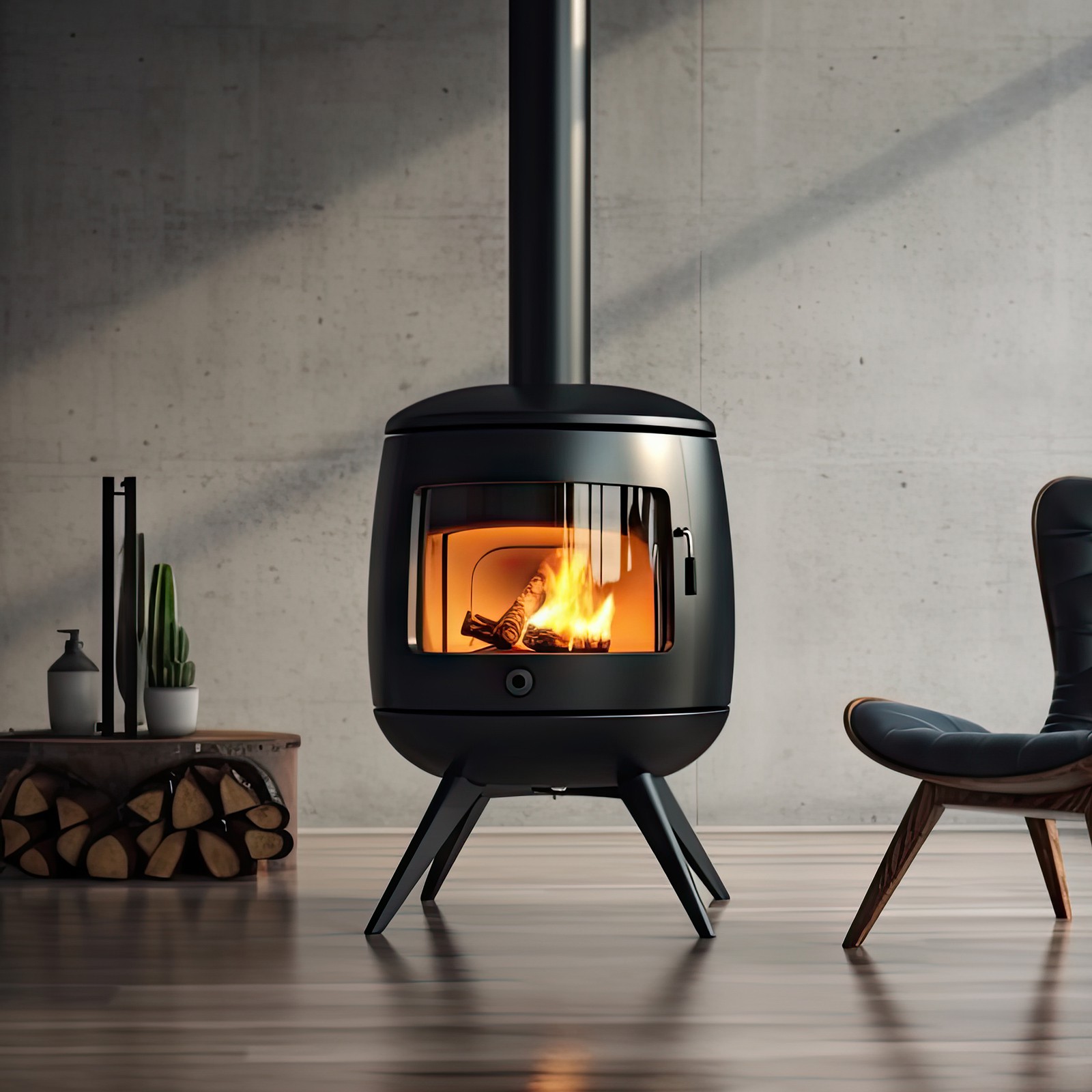
Desde la antigüedad hasta la era moderna, la chimenea ha ocupado un lugar único en el corazón del hogar. Su calor y su luz no sólo han proporcionado un confort esencial, sino que también han servido de punto de encuentro para familias y amigos. En un mundo cada vez más impulsado por la tecnología y la eficiencia, la chimenea sigue siendo un preciado símbolo de tradición, hospitalidad y unión. Este artículo explora la evolución, los beneficios y el encanto perdurable de las chimeneas, junto con consideraciones prácticas para integrarlas en los espacios de vida contemporáneos.
El invierno es tiempo de confort, de buena comida y calor, del contacto de una mano amiga y de una charla junto al fuego.
Una perspectiva histórica
La historia de la chimenea es tan antigua como la civilización humana. Los primeros humanos descubrieron el fuego y, poco después, el hogar se convirtió en el centro de la vida comunitaria. Los antiguos griegos y romanos desarrollaron sistemas de calefacción más sofisticados, como los hipocaustos para calentar el suelo. Sin embargo, fue durante la Edad Media cuando la chimenea tal y como la conocemos empezó a tomar forma. Se construyeron grandes chimeneas de piedra en los muros de castillos y casas señoriales, que proporcionaban el calor necesario y servían para cocinar.

La Revolución Industrial trajo consigo importantes avances. Se popularizaron las estufas de hierro fundido, que ofrecían una calefacción más eficiente y un mejor control de la cocina. En el siglo XIX, la época victoriana vio cómo las chimeneas se convertían en puntos centrales del diseño de interiores, con elaboradas repisas y azulejos decorativos que realzaban su atractivo estético.
Durante la Edad Media, las chimeneas empezaron a adoptar la forma que hoy conocemos. Se construyeron grandes chimeneas de piedra en los muros de castillos y casas señoriales, que proporcionaban el calor esencial y servían como puntos de reunión centrales. El diseño de estas chimeneas evolucionó a lo largo de los siglos, haciéndose más eficiente y estéticamente agradable. La Revolución Industrial trajo consigo cambios significativos, con la introducción de estufas de hierro fundido que ofrecían una mejor distribución y control del calor. En la época victoriana, las chimeneas se convirtieron en puntos centrales del diseño de interiores, a menudo adornadas con elaboradas repisas y azulejos decorativos.
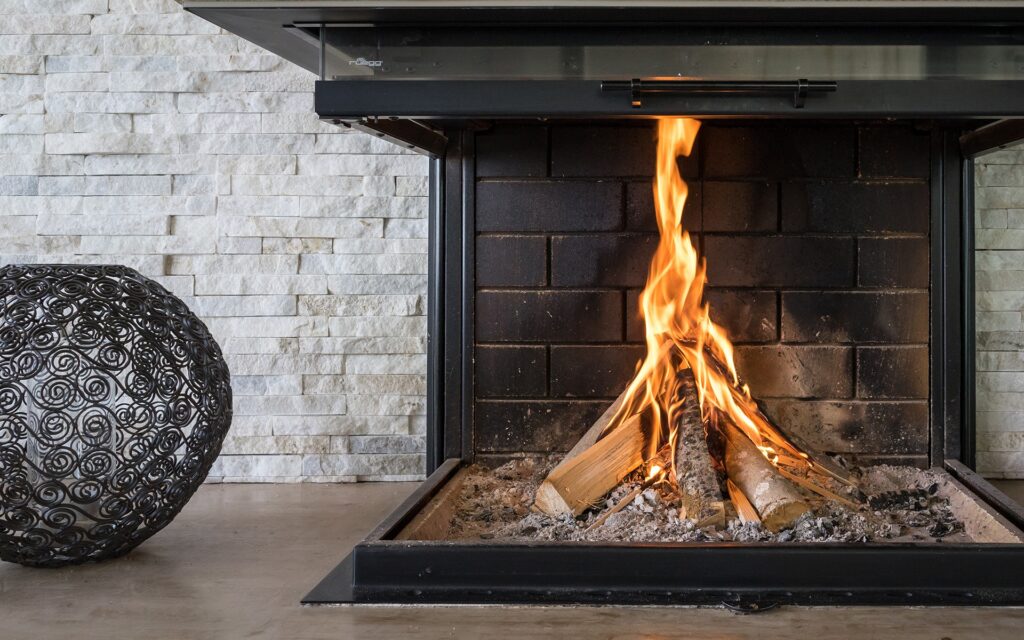
In today’s homes, fireplaces come in a variety of styles and technologies, each offering unique advantages. Wood-burning fireplaces remain popular for their traditional appeal and the authentic experience they provide. The sight and sound of crackling logs create a cozy atmosphere that is hard to replicate. However, they do require regular maintenance, such as chimney cleaning and ash removal, to ensure safe operation.
- Individuals
- Organizations
- Companies
Gas fireplaces have gained popularity for their convenience and efficiency. With the flip of a switch, homeowners can enjoy immediate warmth without the hassle of chopping wood or cleaning up ashes. These fireplaces come in both vented and vent-free models, allowing for flexible installation options. Vented models require a chimney or flue, while vent-free models can be installed almost anywhere, providing greater design freedom.
Modern Fireplaces and Their Benefits
Electric fireplaces represent another modern innovation, ideal for contemporary living spaces. They are energy-efficient, easy to install, and can mimic the appearance of real flames using LED technology. Many electric fireplaces offer customizable flame effects and remote control operation, allowing users to tailor the ambiance to their liking without the need for ventilation.
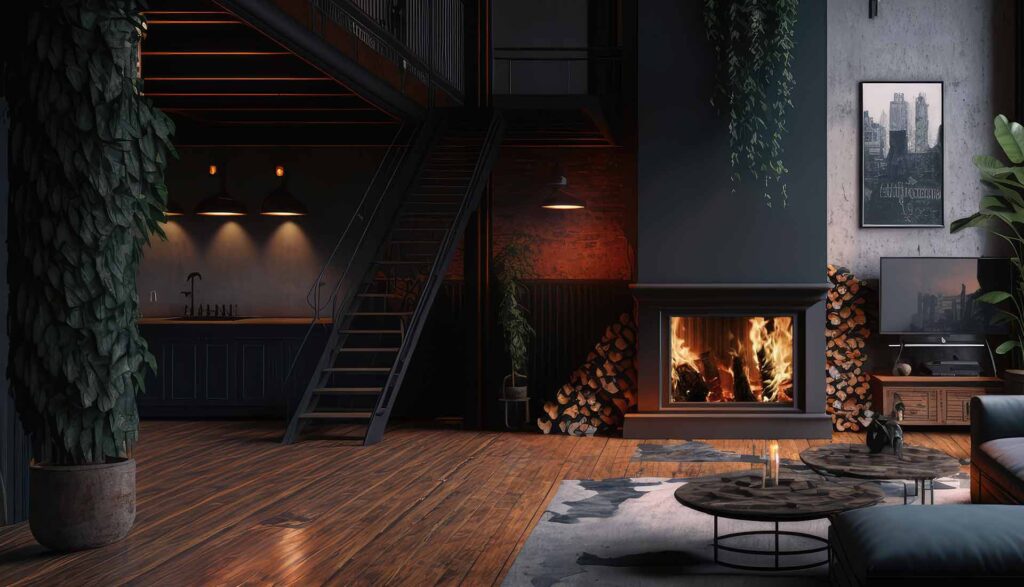
Pellet stoves are another efficient and eco-friendly option. Burning compressed wood or biomass pellets, these stoves offer high efficiency and minimal waste production. They are an excellent choice for those looking to reduce their environmental footprint while enjoying the benefits of a traditional fireplace.
Safety and Maintenance Considerations
Fireplaces, regardless of their type, provide numerous benefits. They can serve as supplemental heat sources, reducing reliance on central heating systems and lowering energy bills. The warmth and light they emit create a welcoming atmosphere, perfect for relaxation and social gatherings. A well-designed fireplace can also enhance the aesthetic appeal of a home, making it more attractive to potential buyers and increasing its market value.
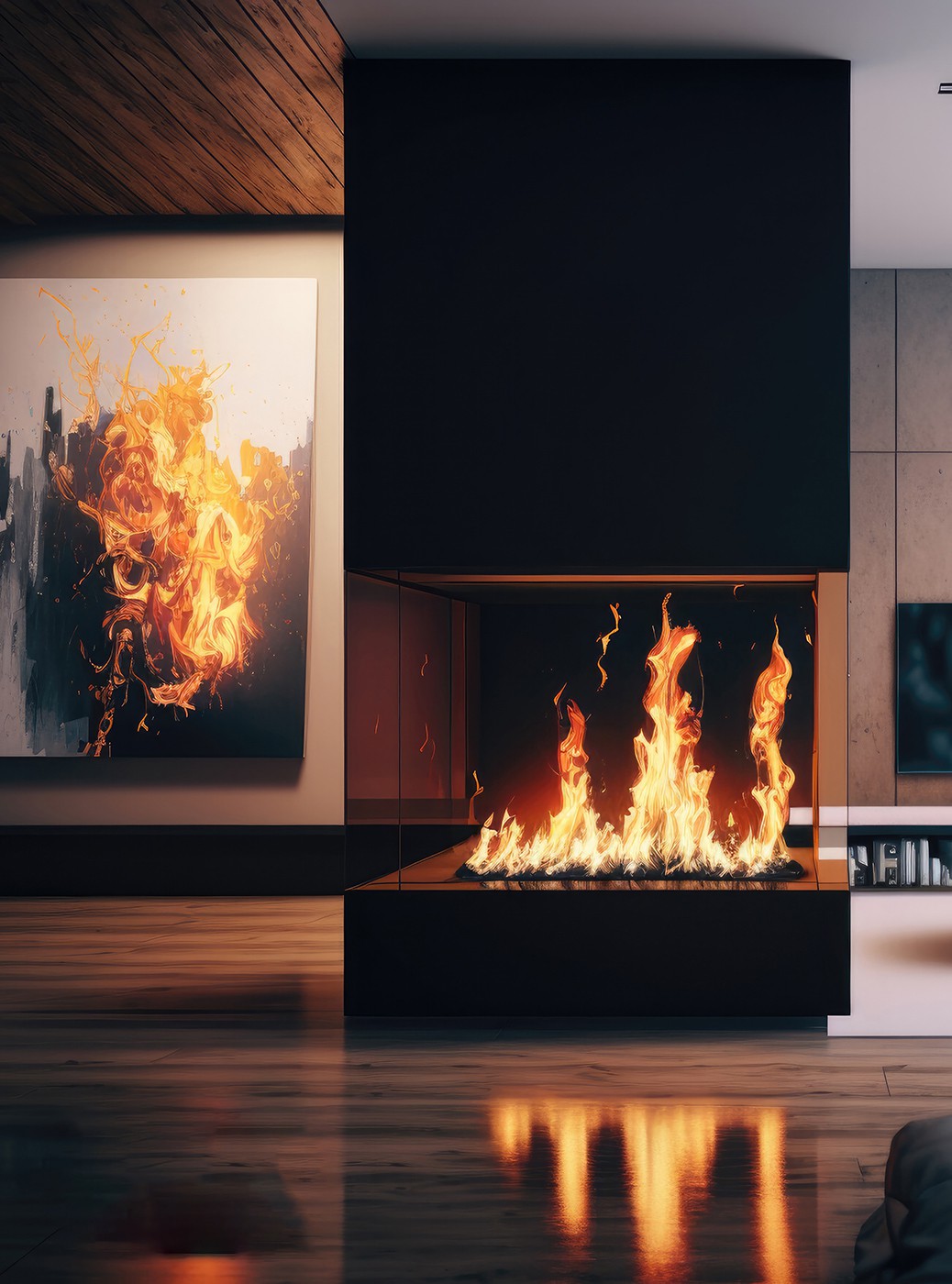
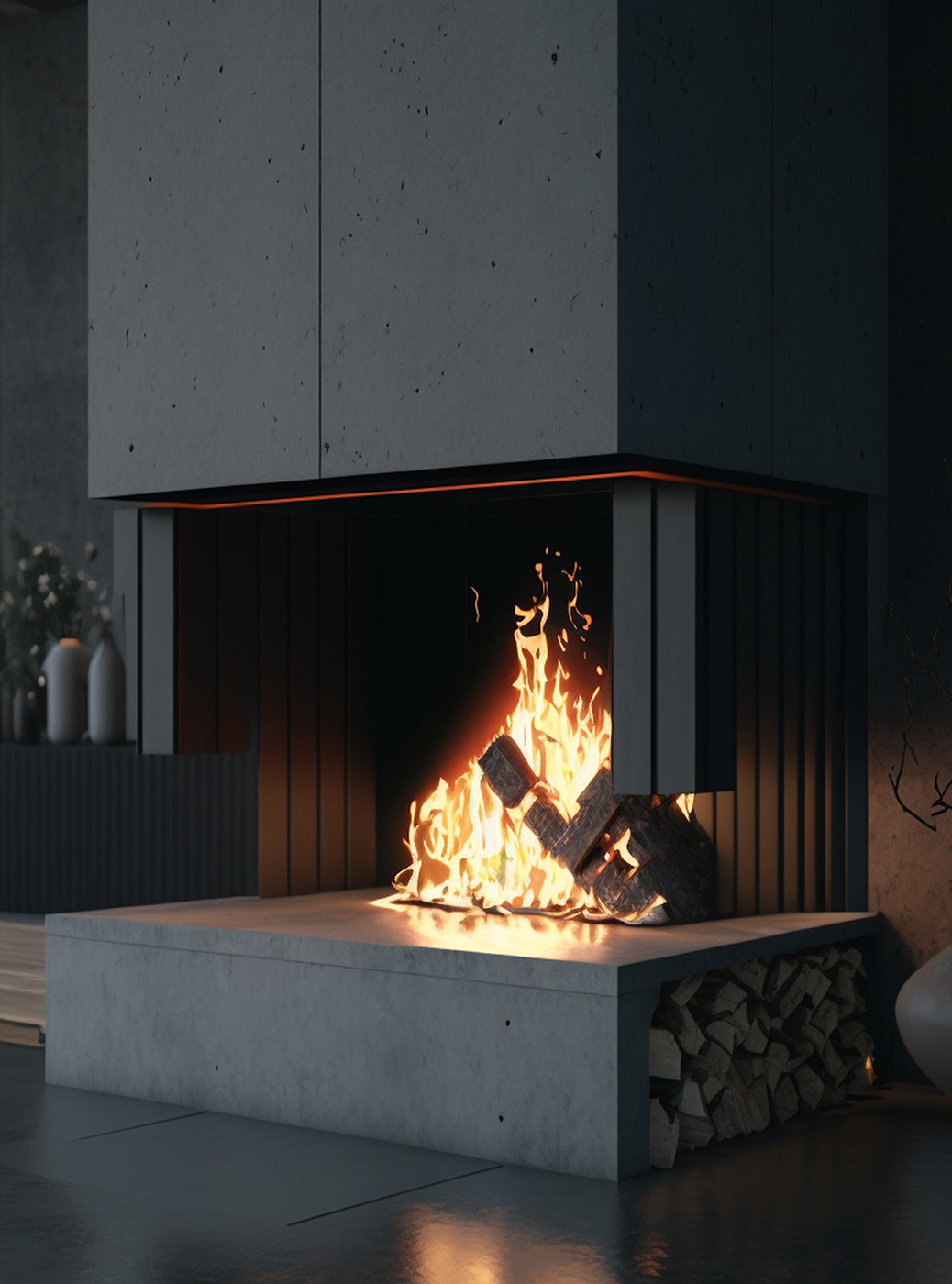

Safe operation practices are equally important. Fireplaces should never be left unattended, and a fireplace screen should be used to prevent sparks from escaping. Keeping flammable materials at a safe distance from the fireplace is essential to prevent accidental fires. Additionally, using the right type of fuel is important for efficiency and safety. For wood-burning fireplaces, seasoned hardwood is recommended to minimize smoke and creosote buildup. For gas and pellet stoves, following the manufacturer’s guidelines for fuel type and usage is key.
Fireplaces have transcended their original purpose as essential heating sources to become cherished symbols of home and comfort. Whether it’s the traditional charm of a wood-burning fireplace, the convenience of a gas model, or the modern efficiency of an electric or pellet stove, fireplaces continue to enrich our lives. By understanding their historical significance, appreciating their benefits, and adhering to safety measures, we can enjoy the timeless appeal of fireplaces for generations to come.
As Edith Sitwell beautifully articulated, « Winter is the time for comfort, for good food and warmth, for the touch of a friendly hand and for a talk beside the fire. » Embrace the enduring allure of fireplaces and transform your home into a sanctuary of warmth and togetherness.

